Blog
Explore the Power of Lithium Innovation
Stay updated with the latest trends, technologies, and application insights in the world of lithium battery solutions
Search the whole station
Explore the Power of Lithium Innovation
Stay updated with the latest trends, technologies, and application insights in the world of lithium battery solutions
Honestly, 18650 batteries are everywhere—you’ll find them in flashlights, laptops, power banks, and all sorts of DIY electronics. And if you don’t really get their voltage behavior, you might end up killing your battery faster than you expect, or worse, have safety issues. I’ve spent a fair amount of time tinkering with them, and let me tell you… understanding the voltage is half the battle. In this guide, I’ll walk through all the voltage basics, the material differences, some real-world gotchas, and even how I check them in the field.
So, first things first: an 18650 is just a cylinder, usually 18 mm across and 65 mm long. Nothing fancy. But the voltage—that’s where the magic (and danger) happens.
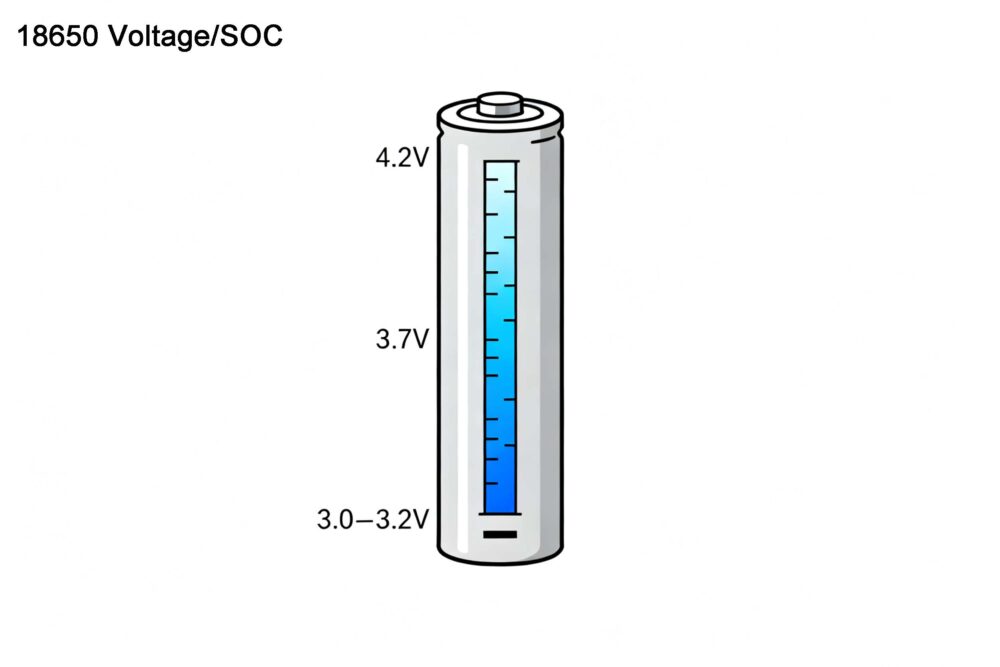
Here’s roughly how state-of-charge (SOC) relates to voltage:
| SOC | Voltage (V) |
|---|---|
| 100% | 4.2 |
| 50% | 3.7 |
| 0% | 3.0–3.2 |
You’ll notice voltage isn’t static—it wiggles with load, temperature, and age. I always measure at rest to get a realistic SOC reading.
Here’s where things get interesting. Not all 18650s are created equal; chemistry changes how they behave.
LiCoO₂ (Lithium Cobalt Oxide)
This is the classic one. Power tools, electronics—you’ll see it everywhere. I’ve noticed they give good punch but age faster if abused.
LiFePO₄ (Lithium Iron Phosphate)
Safer, longer life, but less energy per cell. I once swapped a LiCoO₂ pack for LiFePO₄ in a DIY UPS project—it lasted way longer, but the output voltage sagged a bit under load.
Rule of thumb: always check the datasheet. Don’t assume every 18650 behaves the same.
Voltage isn’t just a number—it’s influenced by a bunch of stuff:
Q1: What counts as 0%?
I go with ~3.0 V. Datasheets say 2.75 V is okay, but trust me, pushing that low kills the cell sooner.
Q2: Can I charge above 4.2 V?
Nope. I made that mistake once on a cheap charger… battery puffed, permanent damage. Overcharging is not worth it.
Q3: Voltage accurate for SOC?
Roughly. To be precise, measure at rest or use a BMS. I’ve found multimeters invaluable for double-checking after a long run.
A few things I stick to:
Honestly, watching a pack charge while monitoring voltage is kind of satisfying. You notice the curve and how the battery “settles” near full charge.
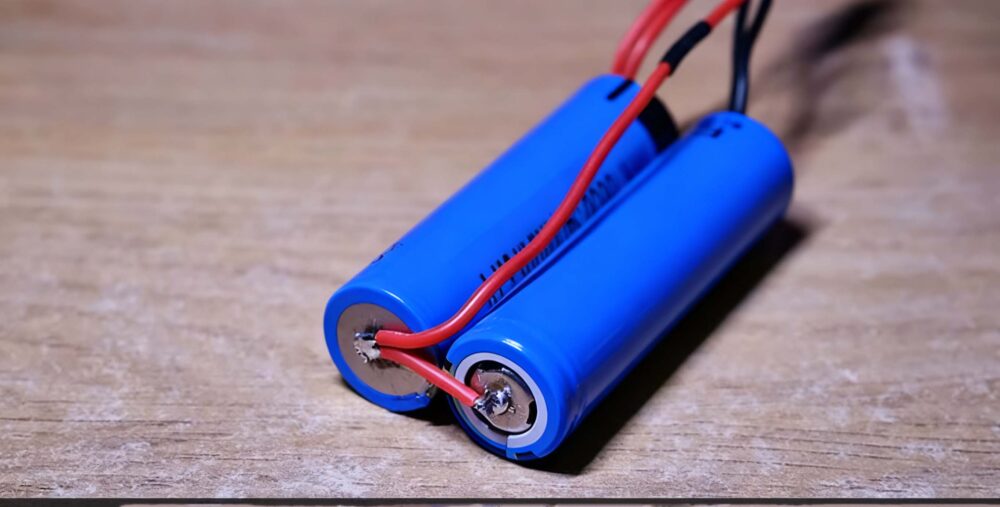
Here’s how I usually measure voltage:
For series packs: check each cell individually. I learned this the hard way—one weak cell can drag down the whole pack and cause overdischarge.
Understanding 18650 battery voltage isn’t rocket science, but it’s critical if you want safety, longevity, and performance.
Do that, and your 18650s will last longer and work reliably across all your devices. I’ve seen the difference firsthand—ignore it, and you’ll regret it.
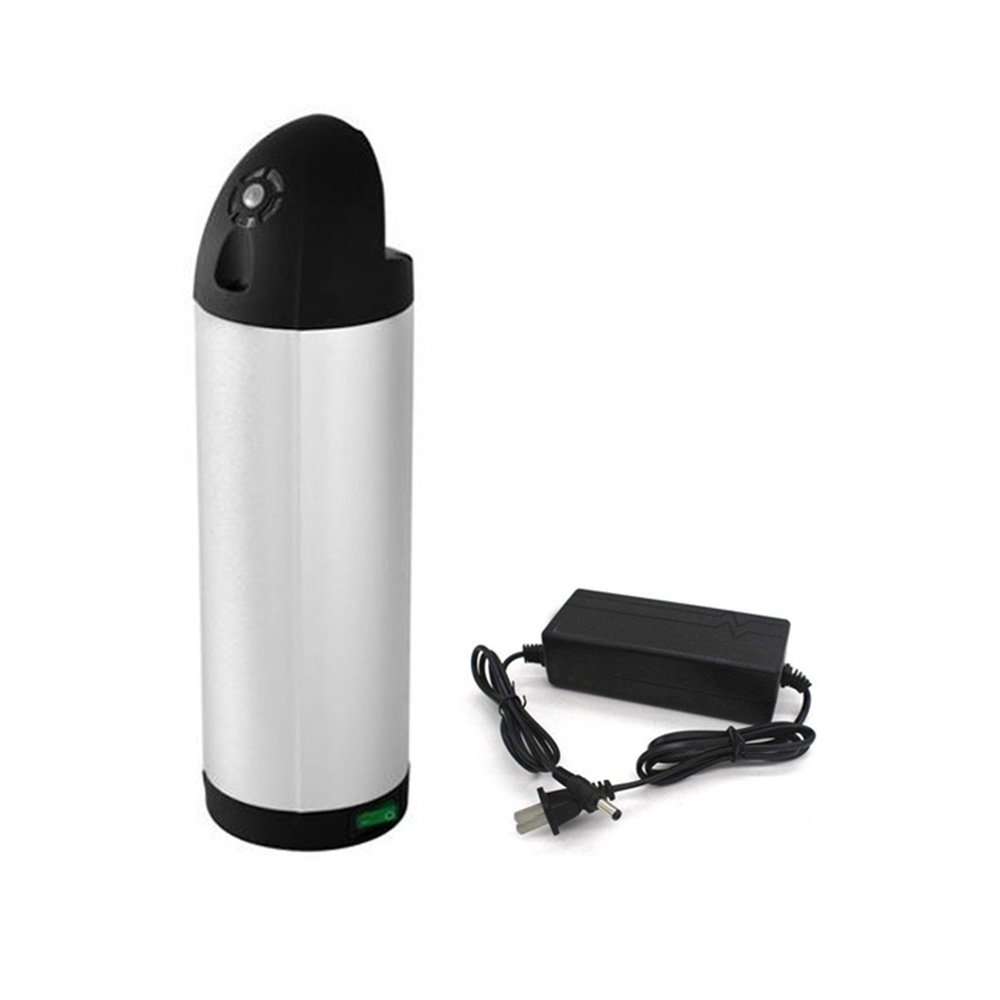
High-performance 36V 10Ah water bottle lithium battery for electric bikes. Lightweight 3.5kg, fast charging in 1.5–2 hours, safe & durable with up to 500 cycles. Ideal for commuting and long rides.
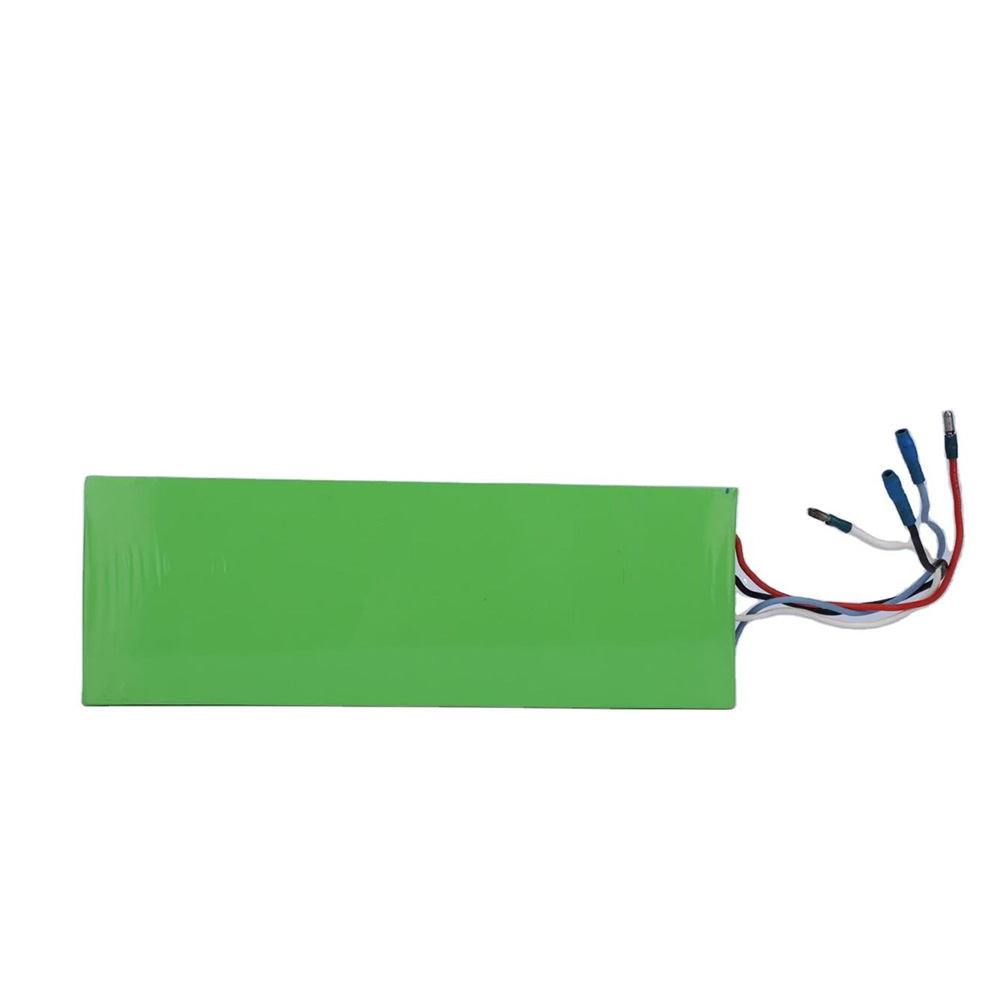
high-performance 18650 Battery 4000mAh, offering stable 24V power and deep cycle support. Perfect for electric scooters, power tools, and energy storage systems. Built-in safety protections ensure long-lasting, reliable performance.
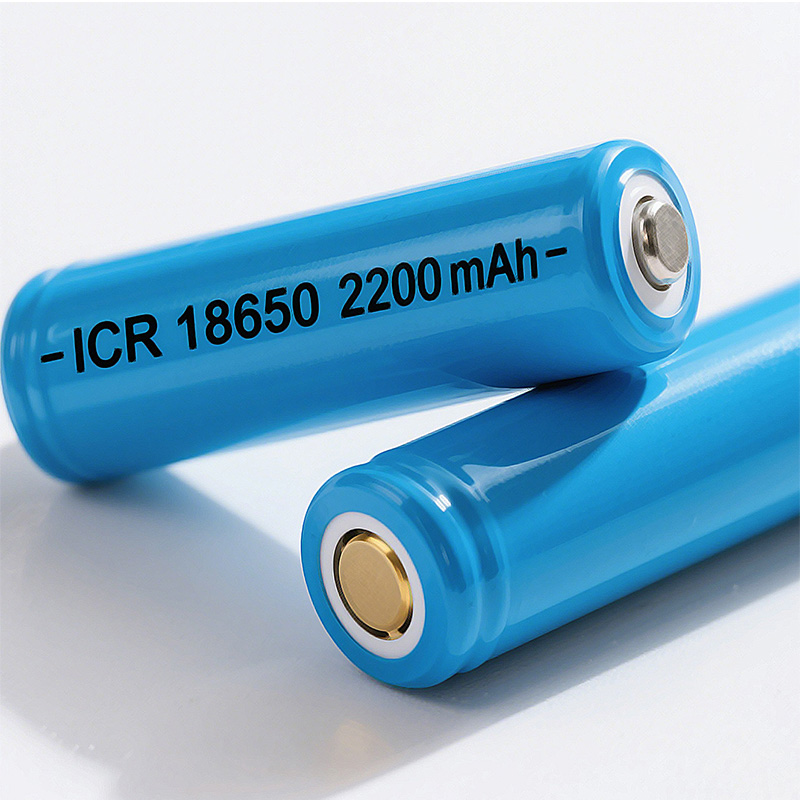
Wholesale ICR 18650 2200mAh 3.7V lithium batteries with optional customized packs. Supports external wiring and various wire leads to meet your project-specific needs.

18650 3.7V 1500mAh lithium-ion rechargeable batteries from China, ideal for flashlights, power banks, electric tools, and more. High capacity, long cycle life, full safety features, and customizable OEM/ODM services. Fast global shipping available.

Top-quality 18650 3.7V 3000mAh lithium-ion batteries ideal for electric scooters, power tools, cameras, and more. Long cycle life, stable performance, and customizable options. Fast shipping worldwide. OEM & ODM services available.
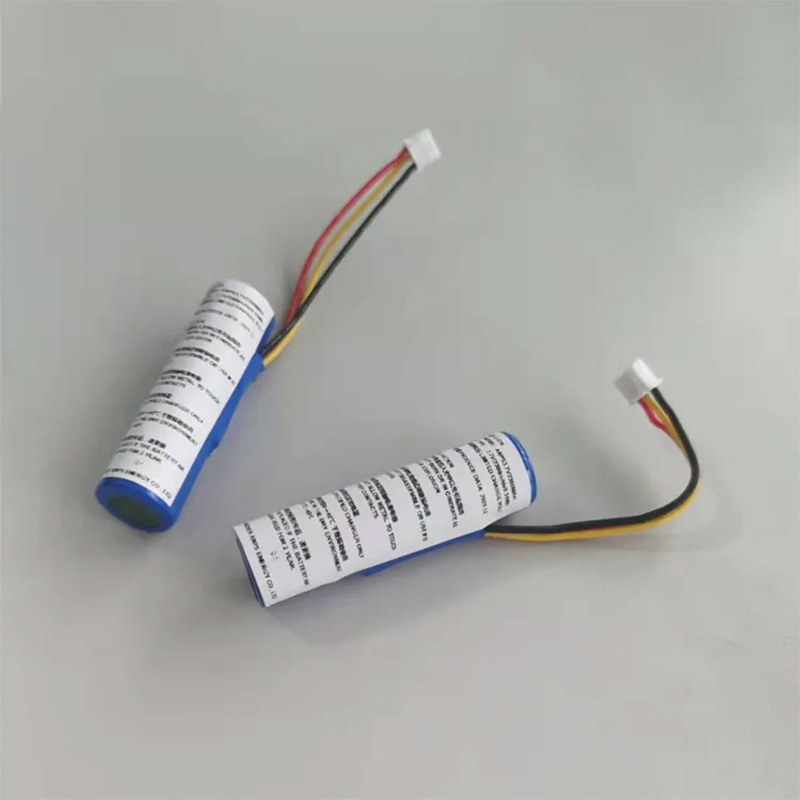
High-quality 18650 3.7V 2300mAh lithium ion batteries perfect for flashlights, vape mods, electric scooters, and power banks. Long cycle life, built-in safety features, and flexible OEM/ODM customization available. Fast shipping and competitive pricing for wholesale buyers.
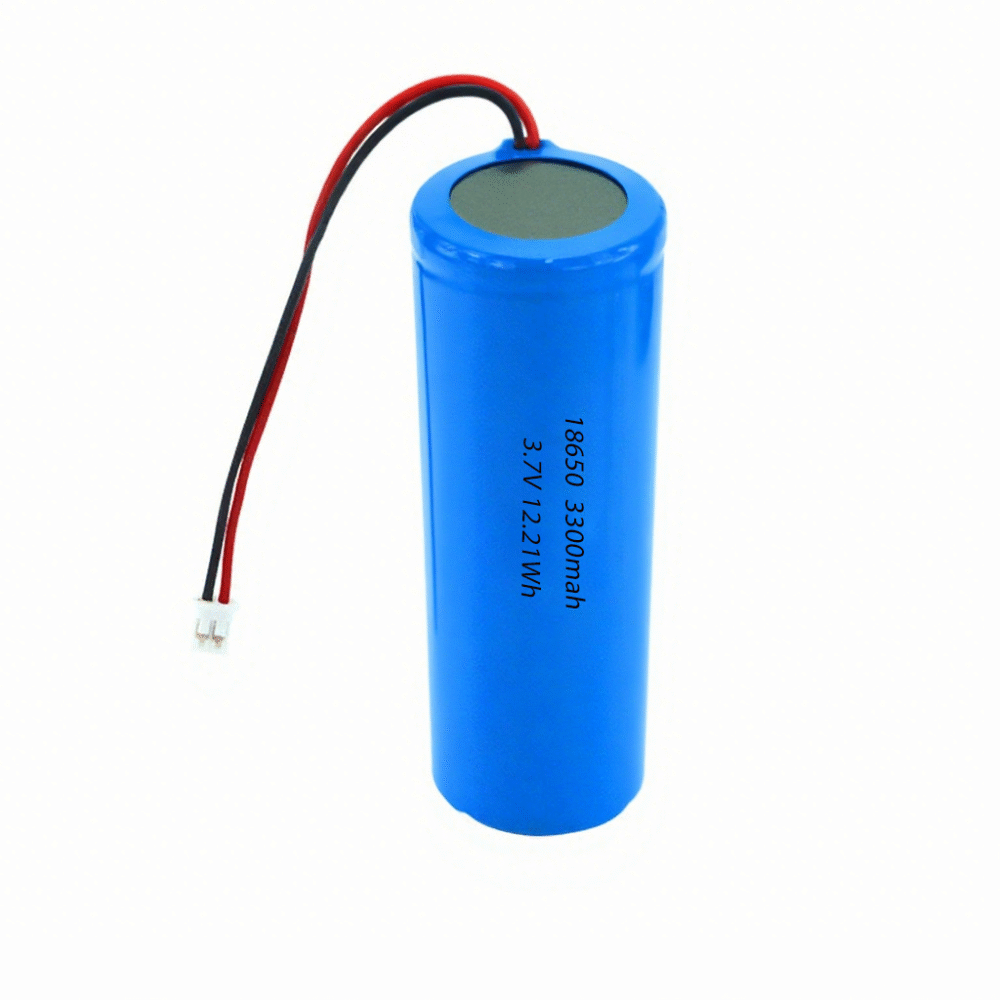
Buy high-quality 18650 3.7V 3300mAh rechargeable lithium-ion batteries ideal for smartphones, tablets, power banks, and electronic devices. Durable, safe, and customizable with built-in protections. OEM & ODM services available. Fast shipping for wholesale orders.

China-made 18650 2000mAh 3.7V lithium-ion batteries, perfect for laptops, power tools, and electric vehicles. Reliable, safe, rechargeable with customization options. Wholesale pricing and fast delivery.
Explore the future of solid-state batteries, with global shipments projected to exceed 614.1 GWh by 2030. Learn about semi-solid-state versus full solid-state batteries, industry progress in China, and market forecasts.
View detailshow to choose the best LiPo battery for your drone. Learn about voltage, capacity, discharge rate, and real-world tips for FPV, racing, aerial photography, and industrial drones.
View detailsCompare 18650 and 21700 lithium batteries in terms of capacity, safety, discharge power, and applications. Learn which battery is best for e-scooters, EVs, and other devices.
View detailsWondering if 14500 batteries can replace AA in your flashlight? Learn which flashlights are compatible, how to use 14500 safely, and get tips for brighter, longer-lasting light without damaging your device.
View details
HelloPlease log in